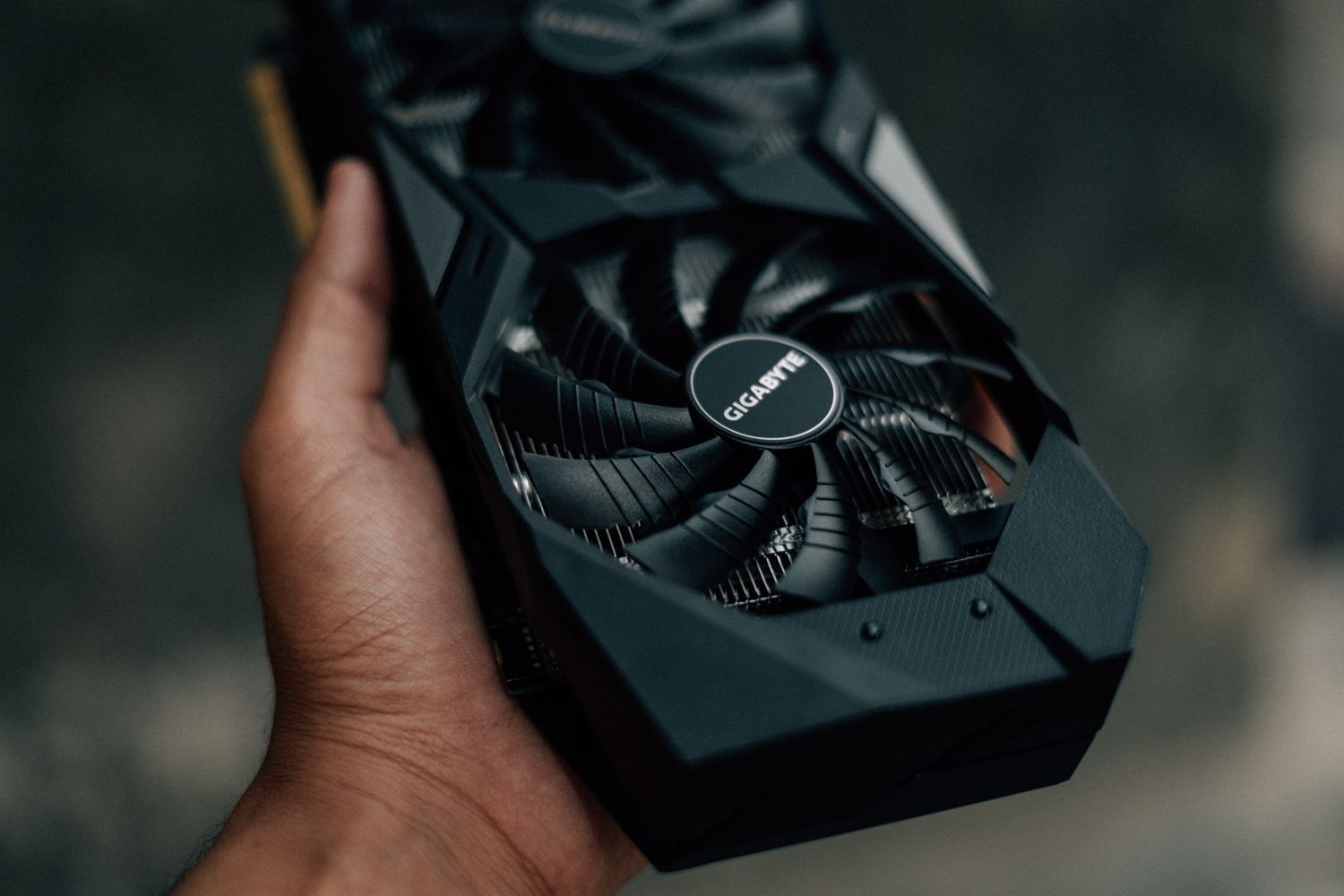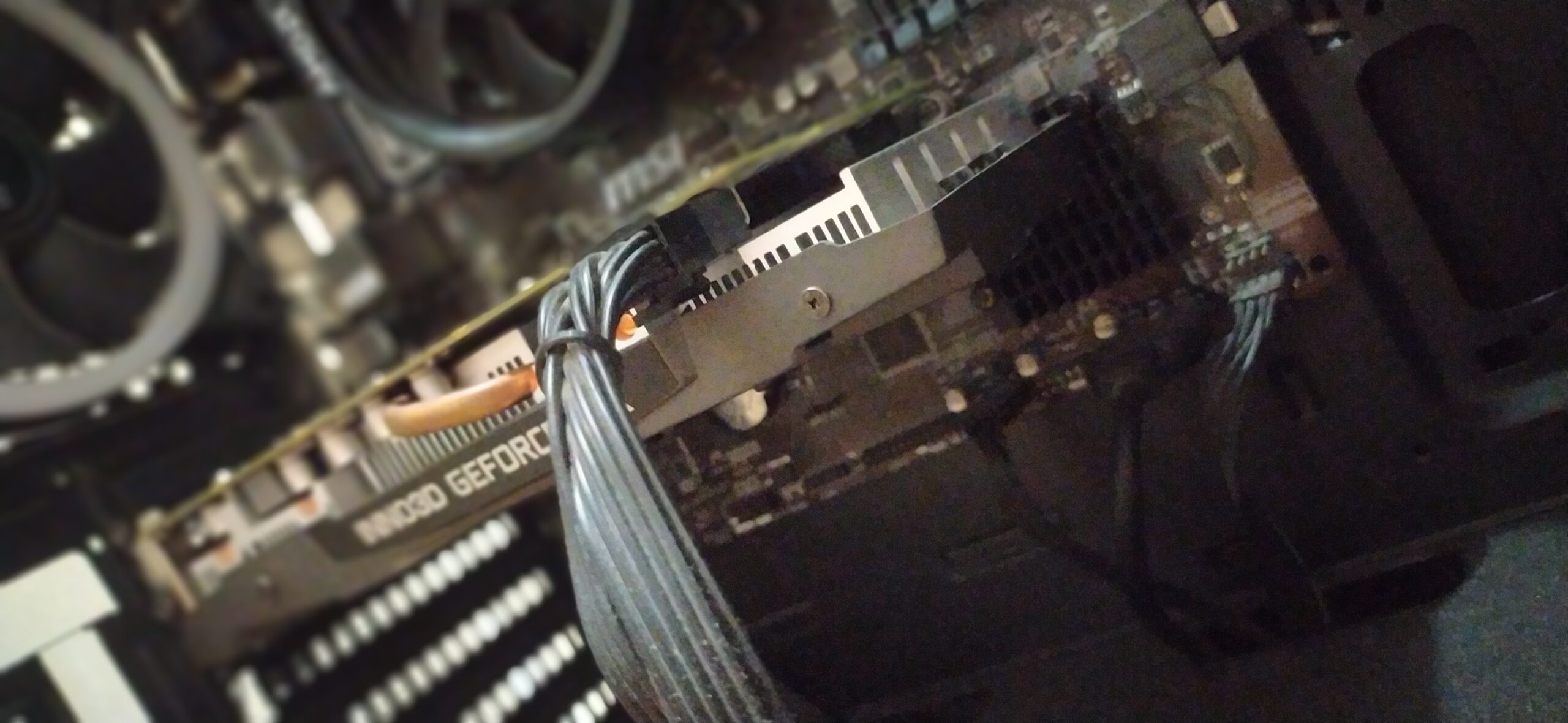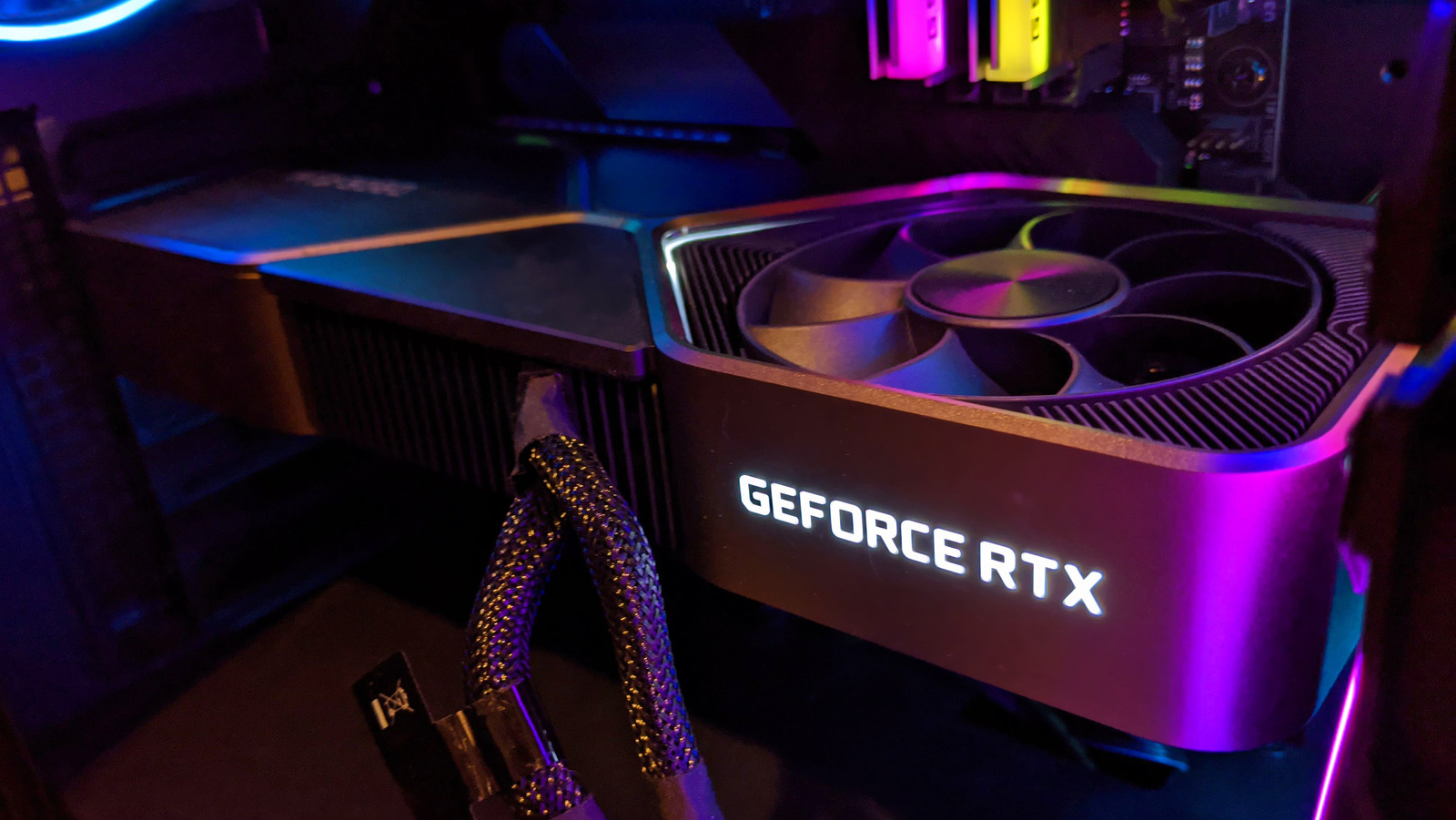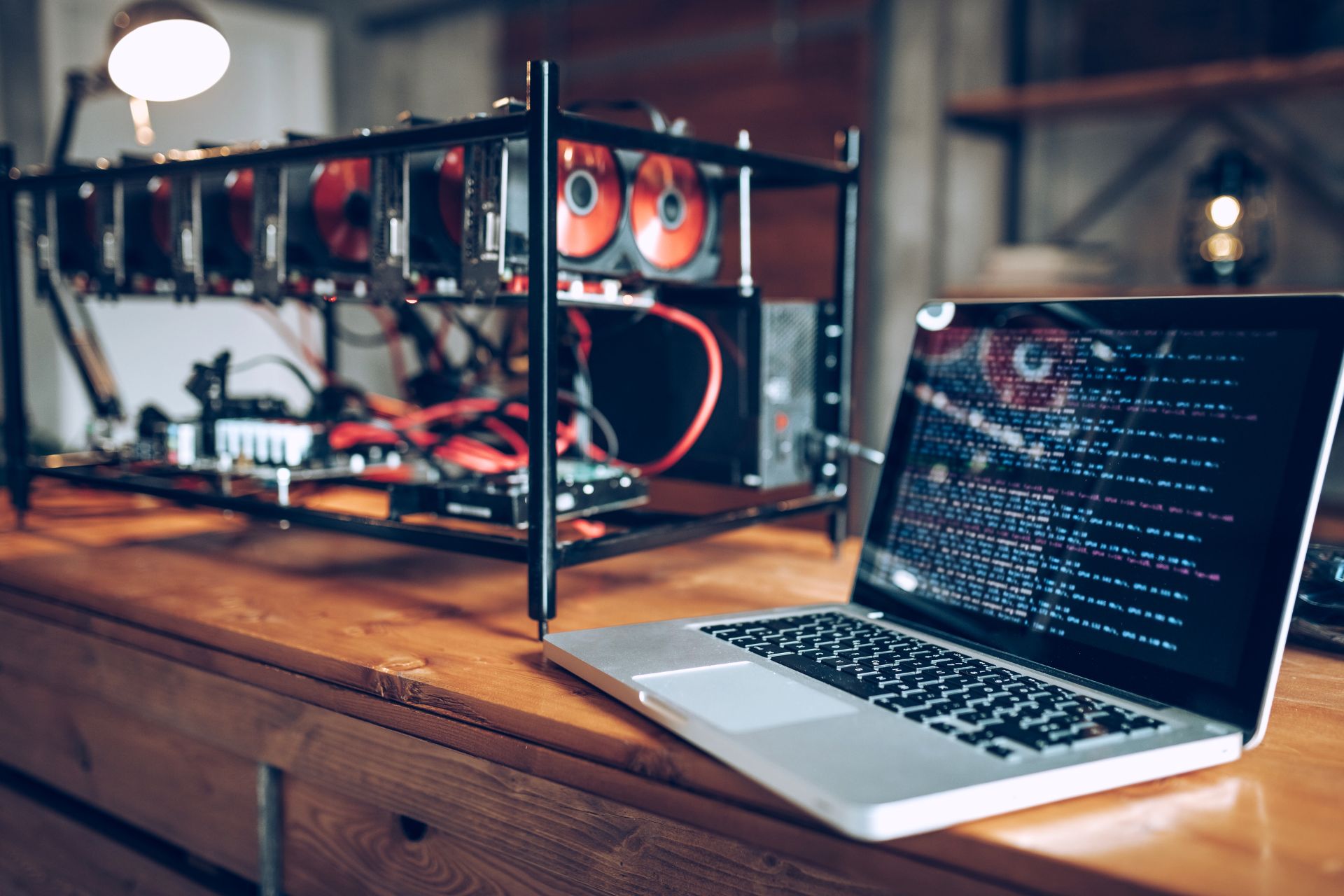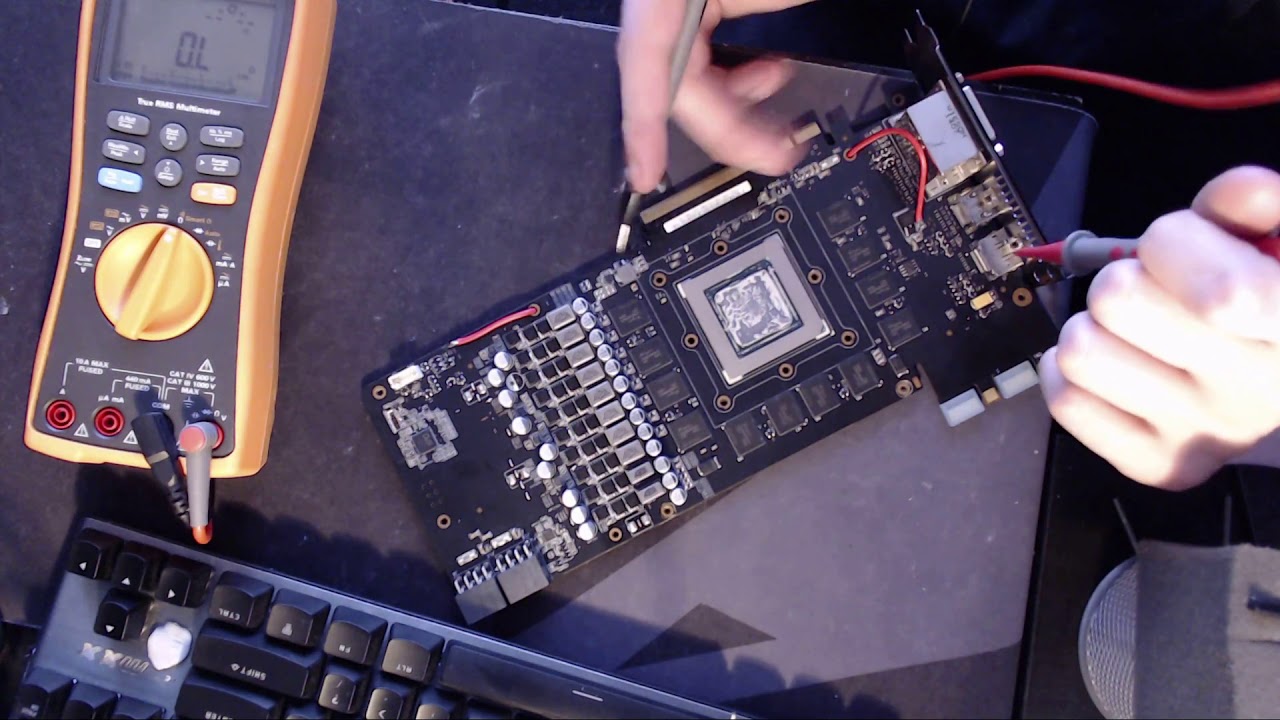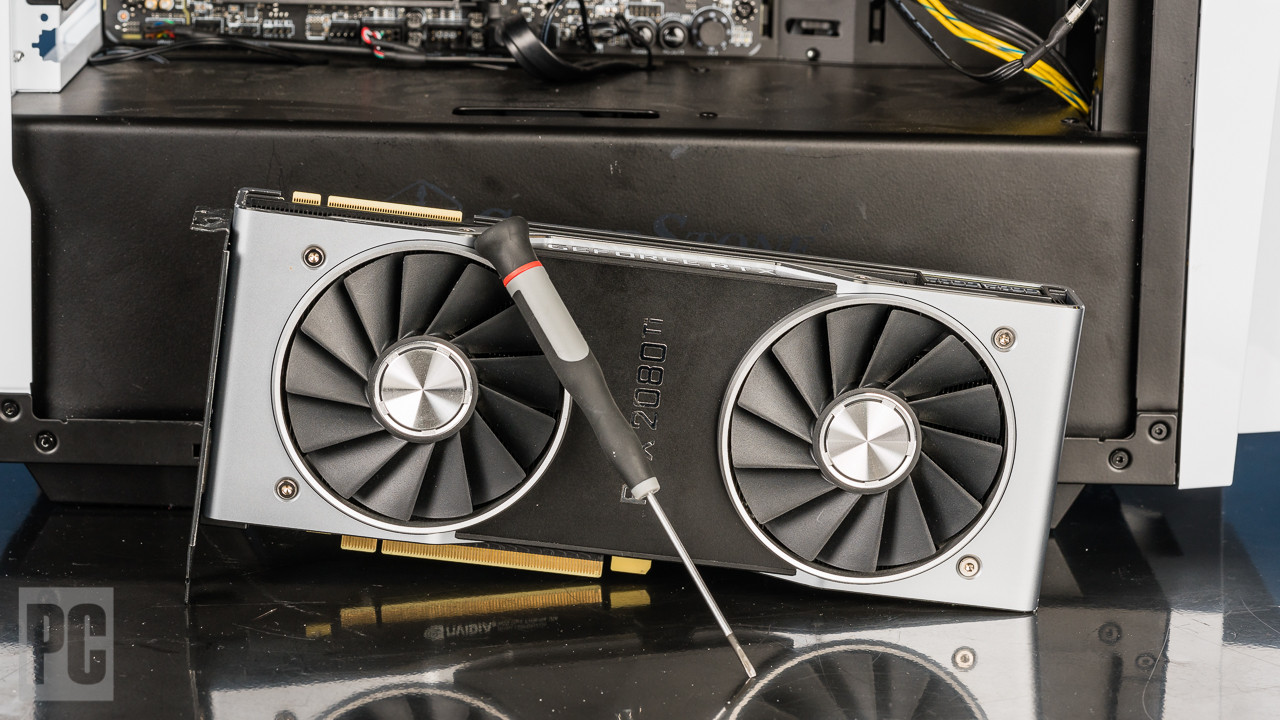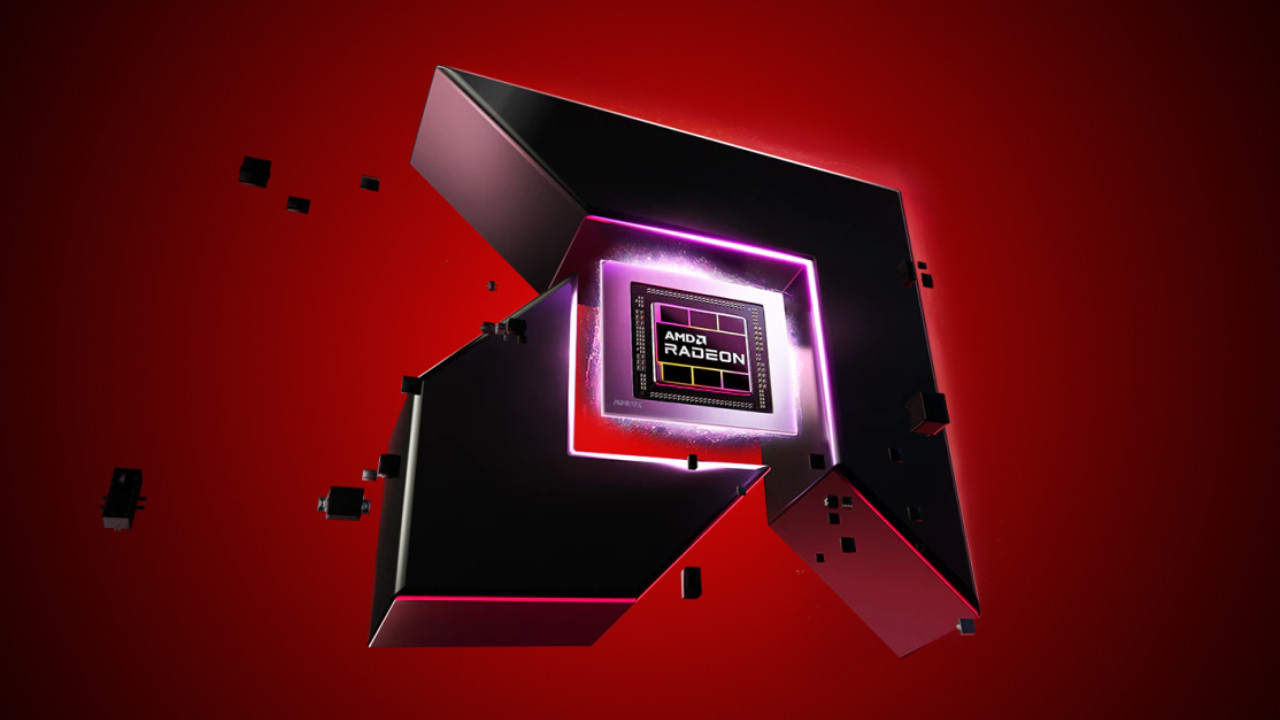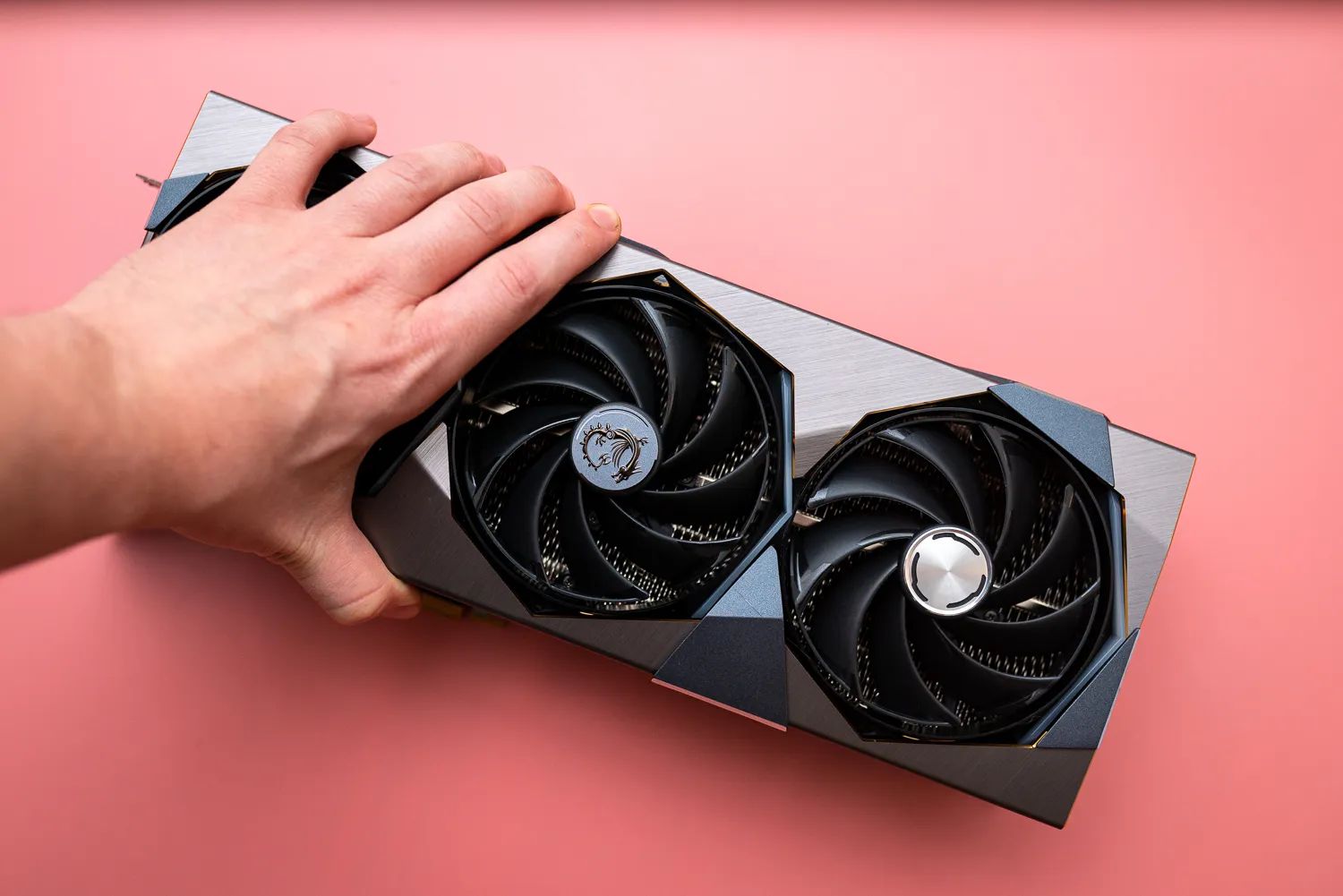Introduction
When it comes to optimizing your computer’s graphics performance, keeping your GPU drivers up-to-date is essential. GPU drivers act as a bridge between your operating system and your graphics card, allowing you to enjoy smooth and efficient graphics rendering in applications and games. Outdated or malfunctioning drivers can result in graphical glitches, reduced performance, and compatibility issues.
If you suspect that your GPU drivers may need an update, there are several methods you can use to check their status. In this article, we’ll walk you through different approaches to check GPU drivers on different operating systems, including Windows, macOS, and Linux. Whether you’re a tech-savvy user or a casual PC user, you’ll find a method suitable for your needs.
It’s important to note that checking for driver updates is not limited to gamers or graphics-intensive tasks. Even regular users will benefit from ensuring their GPU drivers are up-to-date, as it can contribute to a smoother and more efficient computing experience overall.
Throughout this article, we’ll guide you through various methods to check GPU drivers, ranging from native tools to third-party software. By following these steps, you’ll be able to determine if your GPU drivers are up-to-date or if you need to download the latest versions to optimize your graphics performance. Let’s dive in!
Method 1: Checking GPU Drivers on Windows
Windows provides built-in tools that allow you to easily check the status of your GPU drivers. Follow the steps below to determine the version of your GPU drivers:
- Launch Device Manager by pressing the Windows key + X and selecting “Device Manager” from the menu.
- In the Device Manager window, expand the “Display adapters” category.
- You will see the name of your graphics card listed. Right-click on it and select “Properties”.
- In the Properties window, select the “Driver” tab.
- The “Driver” tab displays information about your current GPU driver version.
Alternatively, you can use the DirectX Diagnostic Tool to check your GPU drivers:
- Open the Run dialog by pressing the Windows key + R.
- Type “dxdiag” and click “OK” to launch the DirectX Diagnostic Tool.
- In the DirectX Diagnostic Tool window, navigate to the “Display” tab.
- Under the “Drivers” section, you will find information about your GPU drivers, including the version.
By following these steps, you can easily check the version of your GPU drivers on Windows. If you find that your drivers are outdated, you can visit the manufacturer’s website, such as NVIDIA, AMD, or Intel, to download and install the latest drivers for your graphics card model. Keeping your GPU drivers up-to-date will ensure you have access to the latest features, improvements, and bug fixes, enhancing both your gaming and overall computing experience.
Method 2: Checking GPU Drivers on macOS
Checking GPU drivers on macOS is a straightforward process. Follow the steps below to determine the version of your GPU drivers:
- Click on the Apple menu in the top-left corner of your screen and select “About This Mac”.
- In the “Overview” tab of the “About This Mac” window, click on “System Report”.
- In the System Report window, navigate to the “Graphics/Displays” section.
- Here, you will find information about your graphics cards, including the driver version.
macOS automatically installs and updates GPU drivers as part of the system updates. Therefore, ensuring that your macOS is up-to-date will generally include having the latest GPU drivers.
If you want to specifically update your GPU drivers on macOS, you can rely on third-party software like “MacUpdate”. They provide a wide range of applications, including ones that check and update GPU drivers. However, be cautious when using third-party software and make sure to download it from trusted sources.
By checking the GPU drivers on macOS, you can ensure that you have the latest updates and enhancements for your graphics card, enabling you to enjoy a seamless computing experience, whether you’re editing videos, working with graphics-intensive applications, or simply browsing the web.
Method 3: Checking GPU Drivers on Linux
Checking GPU drivers on Linux varies depending on the distribution and the graphics card being used. Here are a few commonly used methods for checking GPU drivers on Linux:
-
Command Line Interface (CLI):
Open the Terminal and enter the following command:
lspci -k | grep -A 2 -E "(VGA|3D)"This command will display information about the graphics card and its corresponding kernel driver.
-
Graphics Driver Management Tools:
Many Linux distributions provide driver management tools that allow you to easily check and update GPU drivers. Some popular tools include “Additional Drivers” and “Software & Updates”. These tools provide a graphical interface to manage the installation and updating of graphics drivers.
-
Graphics Card Manufacturer Tools:
GPU manufacturers like NVIDIA and AMD provide proprietary drivers for Linux. Visit their official websites and navigate to the driver download section. Select the appropriate driver for your graphics card and follow the installation instructions provided.
Remember to periodically check for driver updates using the methods mentioned above. Keeping your GPU drivers up-to-date on Linux will ensure optimal performance, compatibility, and access to the latest features and improvements offered by your graphics card.
Method 4: Checking GPU Drivers through Device Manager (Windows Only)
If you are using Windows, you can easily check your GPU drivers through the Device Manager. Here’s how:
- Press the Windows key + X to open the Power User menu, then select “Device Manager”.
- In the Device Manager window, expand the “Display adapters” category.
- You will see the name of your graphics card listed. Right-click on it and select “Properties”.
- In the Properties window, click on the “Driver” tab.
- The “Driver” tab displays information about your current GPU driver version, date, and other details.
This method allows you to quickly check the version of your GPU drivers on Windows. If you find that your drivers are outdated, you can visit the manufacturer’s website, such as NVIDIA, AMD, or Intel, to download and install the latest drivers for your specific graphics card model.
It’s important to keep your GPU drivers up-to-date as new driver versions often include performance improvements, bug fixes, and compatibility enhancements. By regularly checking for and updating your GPU drivers, you can ensure your graphics card is working optimally and take advantage of any new features or optimizations provided by the manufacturer.
Method 5: Using Third-Party Software to Check GPU Drivers
If you prefer a more user-friendly approach or want additional features for managing your GPU drivers, third-party software can be a convenient option. Many software applications are available that can help you check and update your GPU drivers effortlessly. Here are a few popular choices:
- Driver Booster: Driver Booster is a reliable software tool developed by IObit that scans your system for outdated drivers, including GPU drivers, and provides one-click updates. The program also offers a backup and restore feature, ensuring you can roll back to a previous version if necessary.
- Snappy Driver Installer: Snappy Driver Installer is an open-source tool that allows you to update drivers, including GPU drivers, without an internet connection. It provides a comprehensive database of drivers and a simple interface for easy updating.
- Driver Easy: Driver Easy is a popular software that scans your computer for outdated drivers, including GPU drivers, and offers one-click updates. It provides a user-friendly interface and allows you to schedule automatic scans and updates.
When using third-party software, it’s essential to download and install these applications from trusted sources to avoid potentially harmful or malware-infected software. It’s also a good practice to research and read reviews about the software before installing it on your system.
Using third-party software can simplify the process of checking and updating GPU drivers, especially for users who are not comfortable navigating through system settings. These tools can save time and effort by automating the process and ensuring you have the latest drivers installed for optimal performance and compatibility.
Conclusion
Keeping your GPU drivers up-to-date is crucial for optimizing your computer’s graphics performance. By regularly checking for driver updates, you can ensure that your graphics card is running smoothly, providing you with the best possible experience in applications and games.
In this article, we explored various methods to check GPU drivers on different operating systems. On Windows, you can use the Device Manager or the DirectX Diagnostic Tool to find information about your GPU drivers. macOS users can check their GPU drivers through the “About This Mac” and System Report features. On Linux, options include using the command line interface (CLI), graphics driver management tools, or downloading drivers from the manufacturer’s website. Additionally, third-party software can provide a user-friendly and convenient way to check and update GPU drivers on all platforms.
It is important to note that while having up-to-date GPU drivers is essential, it’s equally vital to ensure that you always download drivers from official and trustworthy sources. This helps to avoid any compatibility issues or risks associated with malicious software.
By following the methods outlined in this article and regularly checking for driver updates, you can optimize your graphics performance, enhance compatibility, and take advantage of the latest features and improvements offered by your graphics card manufacturer.







